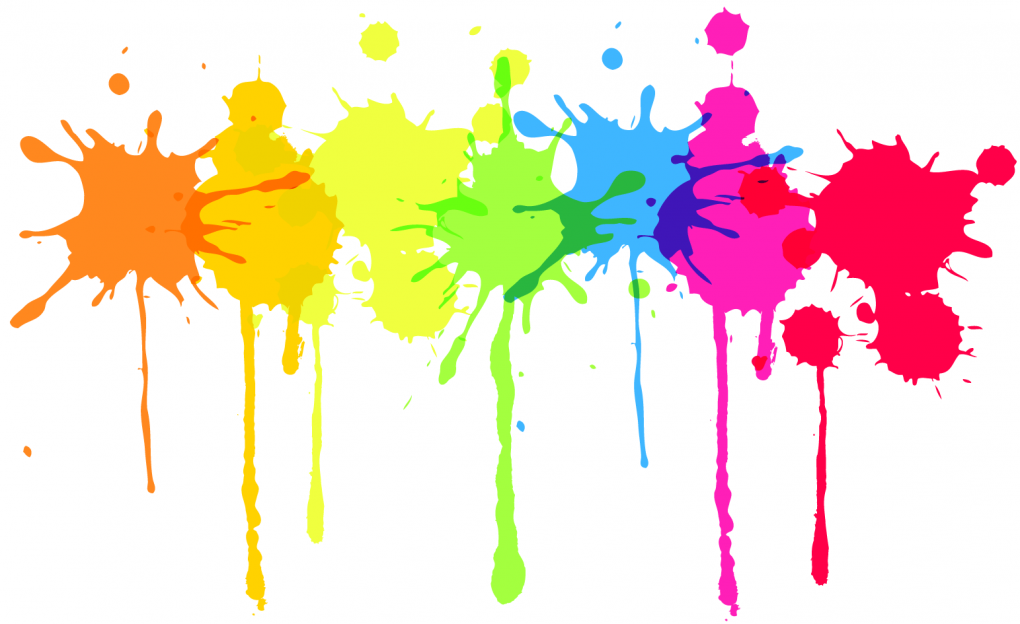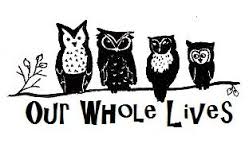In addition to performing the traditional testing, consultation and counseling duties of a school psychologist, I will use my position to promote social justice, both within the school and surrounding community. The practice of social justice fits well into a school psychologist’s role of creating a healthy environment because of their unique position within society. “School psychologists have unique access to: (a) the best possible target populations, and (b) the best possible organizational settings in which to access clients,” (Gutkin & Song). As a school psychologist, I will have both the necessary social justice training and access to students in order to promote social justice.
I see myself promoting social justice in two ways: through instruction and through socially-just professional practices. In order for today’s children to create and maintain a socially-just society, they need foundational skills and time to practice them. “Enhancing social justice in our society will require educational interventions in which people learn about the centrality of equity, fairness, diversity, etc. to the fabric of our society,” (Gutkin & Song). An example of such an intervention could be a school-wide program to highlight different cultures that are represented in the school, focusing both on similarities and differences. Rather than taking on these projects alone, the school psychologist would function as a member of a school-wide team.
Some schools and school districts promote the socially unjust practice of over-identifying students of culturally and linguistically diverse backgrounds for special education services. As a school psychologist, I will work accurately identify students for special education services rather than basing it off of their background of English proficiency. This can be accomplished by using assessments that establish language dominance and avoiding tests and subtests with high cultural and linguistic loads.
In order to be an agent of change, I will encounter resistance. On the instruction side, I may have to work with parents, teachers, administrators or students who are not receptive to interventions that promote social justice. It is important to secure as much buy-in from these groups so that the interventions can be as successful as possible. Access to appropriate tests and qualified interpreters could hamper my socially just practice of not over identifying CLD students for special education.
Another challenge to practicing in a socially just manner is the time needed in order to do so. Especially as a new school psychologist, I will be overwhelmed with the day-to-day requirements of my job. It might be challenging to get everything done while working to specifically promote social justice. Instead, I will try to infuse social justice into my everyday practice rather than separating the two. A career that incorporates “a social justice orientation requires a rethinking of our social responsibilities and a rechanneling of some of our professional energies, expertise, and actions from the familiar role as advocate into the reformulated role of social justice advocate,” (Rogers & O’Bryon, 2008). This means that I will have to shift from accomplishing only the basic duties of a school psychologist to a social justice advocate for the students and families I serve.
One of the skills I possess that will be useful in promoting social justice in my school is being able to effectively listen to people. This will help me assess what social justice issues people might be dealing with. Using empathetic listening will allow me to establish trust and rapport with those I work with. Having that foundation will allow me to have an effective working relationship with them.
I grew up in a church that was very active in advocating for social justice-related change. Members worked to promote equality and acceptance both within the congregation and out in the community. Having this model has allowed me to build my personal life around a framework of social justice. It has taught me that taking care of your own circle is not enough. In order for positive change to occur, people must be willing to advocate for equality and justice for all people.
References
Gutkin, T.B. & Song, S.Y. (in press). Social justice in school psychology: A historical
perspective. In D. Shriberg, S.Y. Song, A.H. Miranda, & K.M. Radcliff (Eds.), School psychology and social justice: Conceptual foundations and tools for practice. NY: Rutledge
Rogers, M. R., & O’Bryon, E. C. (2008). Advocating for social justice: The context for change in school psychology. School psychology review, 37(4), 493-498.


